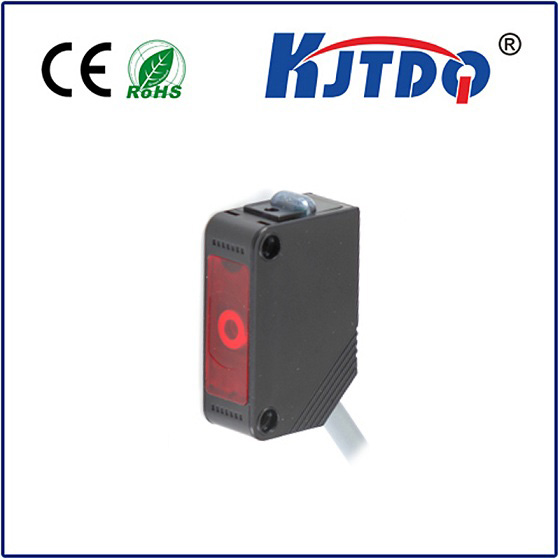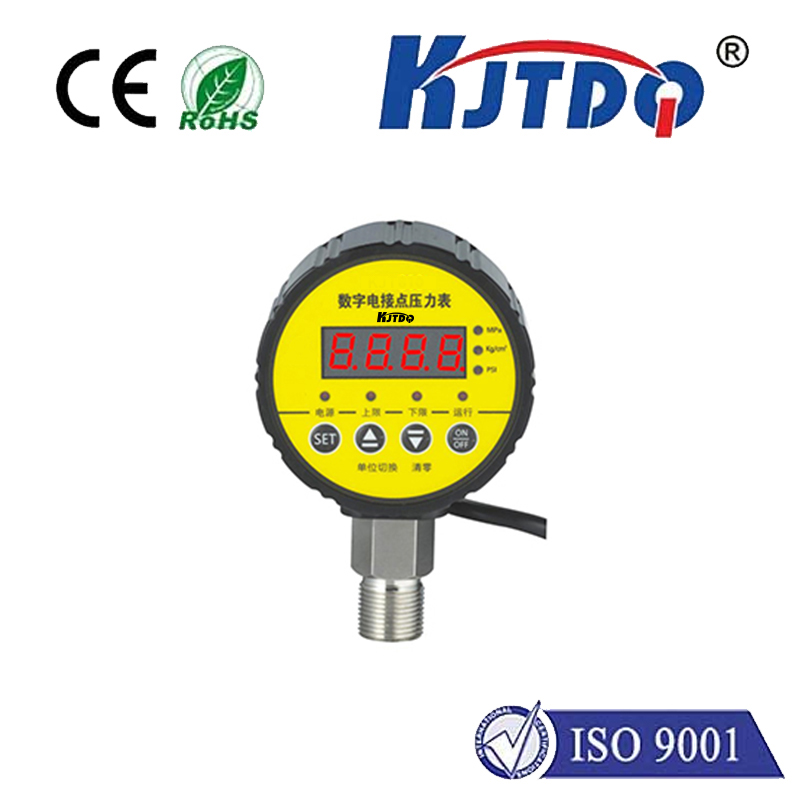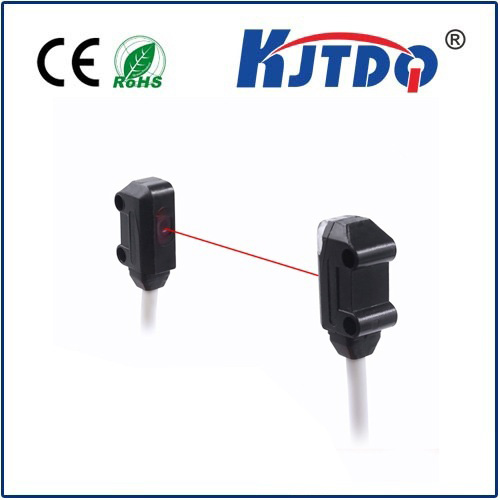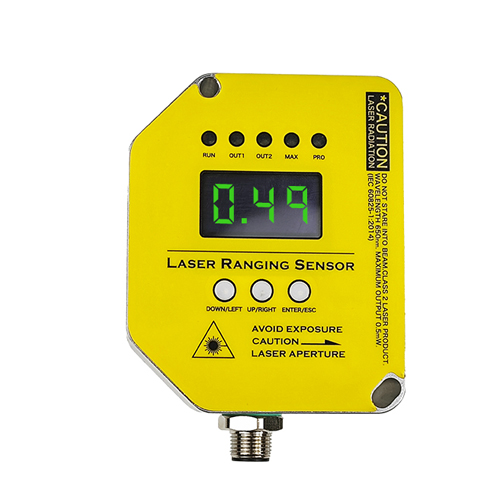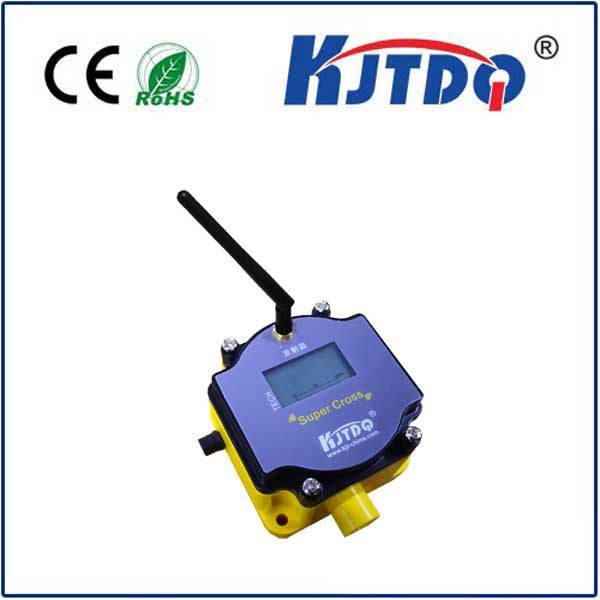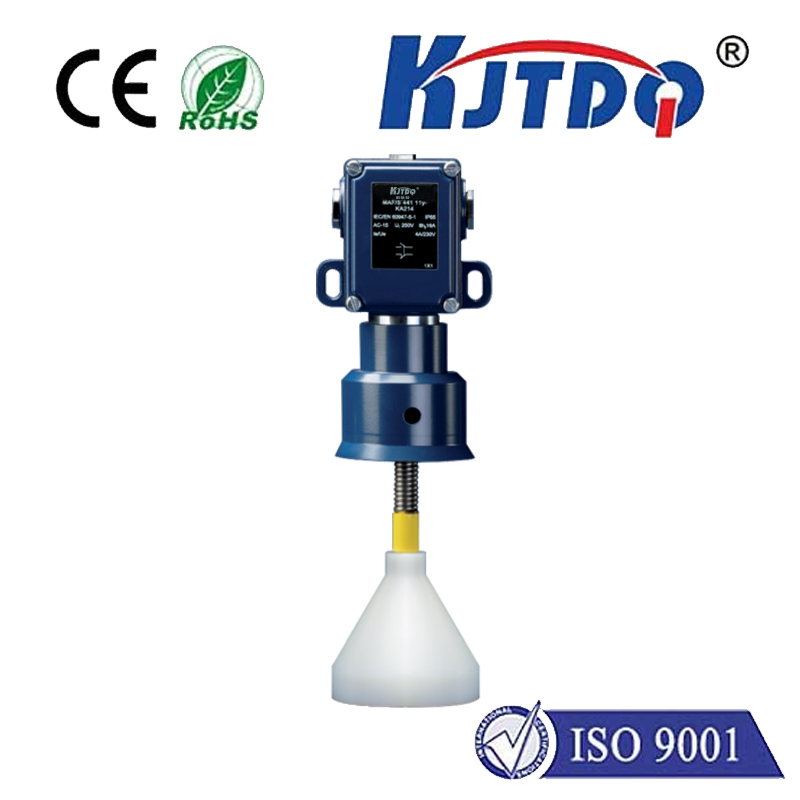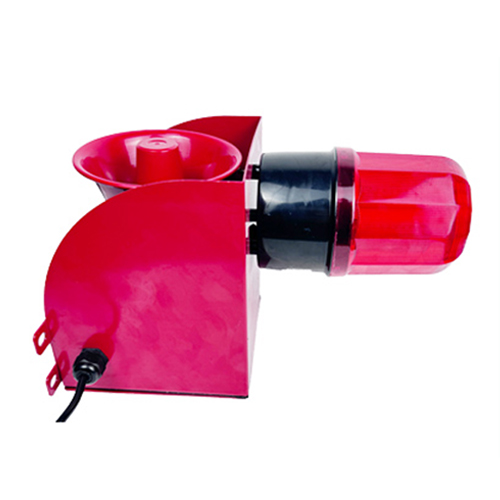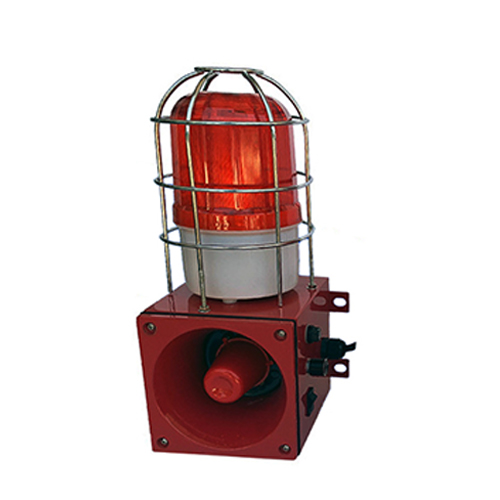laser position sensor arduino
- time:2025-03-19 01:12:44
- Нажмите:0
Building a Laser Position Sensor System with Arduino: A Step-by-Step Guide
In the world of DIY electronics and robotics, precision measurement tools like laser position sensors have become game-changers. When paired with an Arduino microcontroller, these sensors unlock endless possibilities—from automated alignment systems to interactive art installations. Whether you’re a hobbyist tinkering in your garage or an engineer prototyping industrial solutions, this guide will walk you through how to integrate a laser position sensor with Arduino for accurate, real-time distance and position tracking.
Why Combine Laser Position Sensors with Arduino?
Laser position sensors measure distance or displacement by emitting a focused light beam and analyzing its reflection. Unlike ultrasonic or infrared alternatives, lasers provide sub-millimeter accuracy, making them ideal for applications requiring pinpoint precision. Arduino, with its user-friendly ecosystem and open-source libraries, simplifies the process of interpreting sensor data and triggering responsive actions.
This combination is particularly popular in projects like:
- 3D scanning devices
- CNC machine calibration
- Robotic arm positioning
- Smart security systems
Essential Components for Your Setup
Before diving into the build, gather these components:

- Arduino board (Uno or Nano recommended for beginners)
- Laser position sensor module (e.g., VL53L0X Time-of-Flight sensor)
- Breadboard and jumper wires
- Энергоснабжение (5V USB or 9V battery)
- Optional: OLED display for real-time feedback
Step 1: Understanding the Sensor’s Working Principle
Most laser position sensors operate on the Time-of-Flight (ToF) principle. The sensor emits a laser pulse and calculates distance by measuring the time it takes for the light to bounce back. For instance, the VL53L0X—a popular Arduino-compatible sensor—can detect objects up to 2 meters away with ±3% accuracy.
Pro tip: Avoid using these sensors in direct sunlight or highly reflective environments, as ambient light can interfere with measurements.
Step 2: Wiring the Sensor to Arduino
Connecting a ToF sensor like the VL53L0X to Arduino is straightforward:
- VIN → 5V on Arduino
- GND → GND
- SDA → A4 (Uno) or SDA (Nano)
- SCL → A5 (Uno) or SCL (Nano)
Double-check pin configurations in your sensor’s datasheet. For I²C communication-enabled sensors, ensure you’ve enabled the Wire library in your code.
Step 3: Uploading and Customizing the Code
Install the VL53L0X library via Arduino IDE’s Library Manager. Here’s a basic sketch to get started:
# Включая# Включая
VL53L0X sensor;
void setup() {
Serial.begin(9600);
Wire.begin();
sensor.init();
sensor.setTimeout(500);
}
void loop() {
int distance = sensor.readRangeSingleMillimeters();
Serial.print("Distance: ");
Serial.print(distance);
Serial.println(" mm");
delay(100);
}
This code reads distance data and prints it to the Serial Monitor. For advanced projects, add conditional statements to trigger LEDs, servos, or alarms when thresholds are crossed.
Step 4: Calibration and Testing
Calibration ensures consistent performance:
- Place a reference object at a known distance (e.g., 500 mm).
- Adjust the sensor’s offset value in code to match the reading.
- Test under varying lighting conditions and fine-tune as needed.
Did you know? Adding a diffuser to the laser can reduce interference from glossy surfaces.
Creative Project Ideas
- Automated Parking Assistant: Mount the sensor on a car model to detect obstacles and alert drivers via buzzers.
- Gesture-Controlled Interface: Track hand movements to control RGB lights or music playback.
- Precision Farming Robot: Guide a rover to maintain exact spacing between seed-planting holes.
Troubleshooting Common Issues
- Inconsistent readings: Check for power fluctuations or loose connections.
- Sensor not detected: Verify I²C addresses using a scanner sketch.
- Limited range: Ensure the target is within the sensor’s specified operating distance.
For deeper customization, explore Arduino forums or GitHub repositories sharing laser triangulation algorithms or multi-sensor fusion techniques.
Optimizing for Performance and Safety
- Use a heat sink if the laser operates continuously.
- Pair the sensor with a gyroscope for dynamic orientation tracking.
- Always follow laser safety guidelines (e.g., Class 1 or 2 lasers for eye-safe projects).
By mastering this setup, you’ll join a growing community of makers pushing the boundaries of smart automation and real-time feedback systems. Now, grab your Arduino, fire up that laser, and start measuring your world with unprecedented precision!

